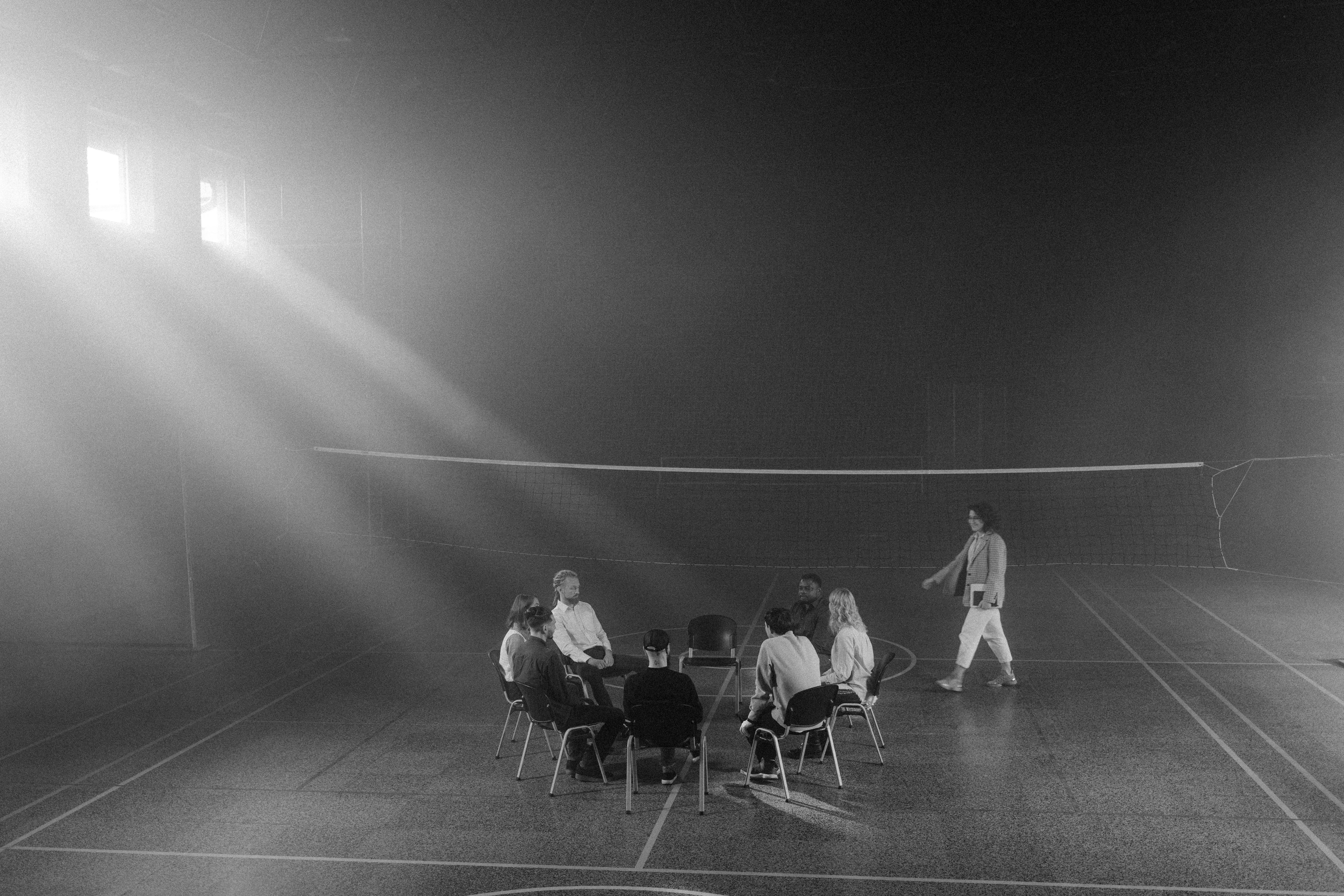Most indoor ice skating rinks maintain a temperature between 45 and 60 degrees, depending on the outside temperature. When you’re dressing your child for ice skating lessons or free skating at the ice rink, their first challenge will be warmth.
Skaters will be in for strenuous exercise, so it’s important to dress your child in thin layers that can be easily removed as their bodies warm up. Avoid dressing your child in a bulky winter coat, as heavy coats make it difficult for him to move freely. A warm turtleneck under a warm, snug sweater will keep your child warmer than a winter coat and allow them to move freely.
Many girls want to wear a skating dress. If you plan on having your daughter take lessons, then a simple skating dress and tights might be a good investment. However, if she’s just going to skate recreationally from time to time, this may not be an investment she wants to make.
Slim-fit sweatpants or zip-up wind pants are good choices for both boys and girls. Jeans don’t have much stretch, easily absorb moisture, and take a long time to dry, making them a less than optimal choice for skating.
One of the most important parts of your skater’s wardrobe should be a comfortable, thin, seamless pair of socks. A seamed sock can rub against the foot and cause blisters. Because skate boots are designed to be snug, thick socks can squeeze the foot and reduce circulation, making your child’s feet cold more quickly.
If your child is going to rent ice skates, bring a thicker pair of socks to wear over the thin pair to provide extra padding in case the rented rink skates don’t fit perfectly or are heavily worn.
For various reasons, skaters should always wear gloves. Gloves will obviously keep a skater’s hands warm. They also provide some protection in the event of a fall on the ice or if another skater runs into a fallen child.
A warm beanie will keep your skater’s head and ears warm. Avoid any head covering that may affect your skater’s vision. “Hoodies” or parka hoods should be avoided.
For the same reason, skaters should never wear scarves, which can obstruct vision or catch a skate. Many rinks prohibit any type of scarf on the ice.
Girls should always wear their hair up or up, so it doesn’t get into their eyes.
Prevent your skater from wearing jewelry. Most rinks prohibit any type of jewelry, which can break and fall on the ice and trip another skater.
And finally, a note to parents of children: children will be extremely uncomfortable being asked to wear white skates. If you’ve inherited a pair of white skates that fit your child well, tint them black (black shoe polish will work too, but can be messy), or top them with black skate covers. Your child will skate with much more confidence if he “fits in” with the other kids on the rink.
If your child will be taking ice skating lessons, you can observe what the other students are wearing before the first lesson and talk to the coach about appropriate clothing for the lessons.



